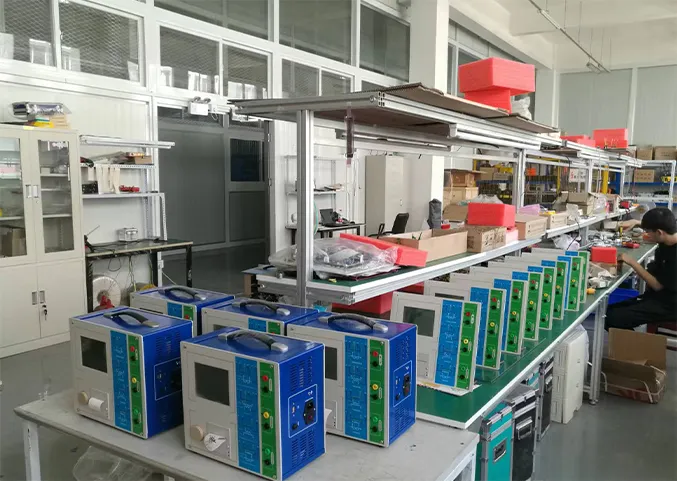 English
English


Exploring the Functions and Differences of Electric Generators and Alternating Current Technologies
The Basics of Electric Generators and Alternating Current
Electric generators and alternating current (AC) are fundamental concepts in the field of electrical engineering, playing crucial roles in modern power generation and distribution systems. Understanding these concepts can help one appreciate how electrical energy is produced and utilized in everyday life.
Electric Generators
An electric generator is a device that converts mechanical energy into electrical energy, utilizing the principles of electromagnetic induction. At its core, a generator consists of a rotor (the rotating part) and a stator (the stationary part). When mechanical energy is applied to the rotor—typically through a turbine powered by wind, water, or steam—it rotates within a magnetic field. This interaction between the magnetic field and the conductors in the rotor induces an electric current in the stator coils according to Faraday's Law of Electromagnetic Induction.
There are two primary types of generators AC generators (alternators) and DC generators (direct current generators)
. While both serve the same essential purpose of generating electricity, they differ in their output and mechanisms.Alternating Current (AC)
Alternating current is a type of electrical current in which the flow of electric charge periodically reverses direction. This contrasts with direct current (DC), where the electric charge flows in one direction. AC is the predominant form of electrical energy used in homes and industries due to several advantages, including its ability to be easily transformed to different voltage levels, making it suitable for long-distance transmission.
electric generator and alternating direct current

The characteristics of AC are defined by its frequency, measured in Hertz (Hz), which indicates how many cycles of current flow occur in one second. In most countries, the standard frequency for AC supply is either 50 Hz or 60 Hz. The change in direction of the current also allows for the use of transformers, which can step up or step down voltages efficiently. This is essential for reducing the energy loss during transmission over long distances, making AC a favorable choice for national power grids.
The Relationship Between Generators and AC
AC generators are designed specifically to produce alternating current. Inside an alternator, the rotor spins within a magnetic field, creating alternating magnetic flux. This results in the generation of AC voltage in the stator windings. The output can be further converted to different voltages using transformers, enabling its distribution across various applications.
The design of an AC generator allows for high power outputs, making it the preferred choice for large-scale power plants, such as hydroelectric, thermal, and wind energy facilities. In these settings, massive turbines driven by water, steam, or wind operate the generators, providing a steady supply of alternating current for homes, businesses, and industries.
Conclusion
In summary, electric generators and alternating current form the backbone of modern electricity generation and distribution. Understanding their operation provides insight into how electrical energy powers our daily lives. With continued advancements in technology, generators and their associated systems are becoming more efficient, sustainable, and integral to addressing the world's growing energy demands. As the reliance on renewable energy sources expands, the role of electric generators and the principles of alternating current will remain essential in shaping the future of energy systems worldwide.
-
Differences between open cup flash point tester and closed cup flash point testerNewsOct.31,2024
-
The Reliable Load Tap ChangerNewsOct.23,2024
-
The Essential Guide to Hipot TestersNewsOct.23,2024
-
The Digital Insulation TesterNewsOct.23,2024
-
The Best Earth Loop Impedance Tester for SaleNewsOct.23,2024
-
Tan Delta Tester--The Essential Tool for Electrical Insulation TestingNewsOct.23,2024





